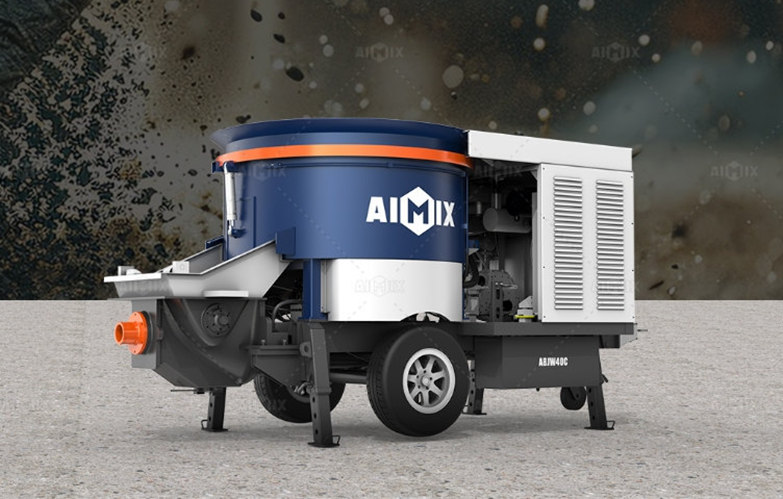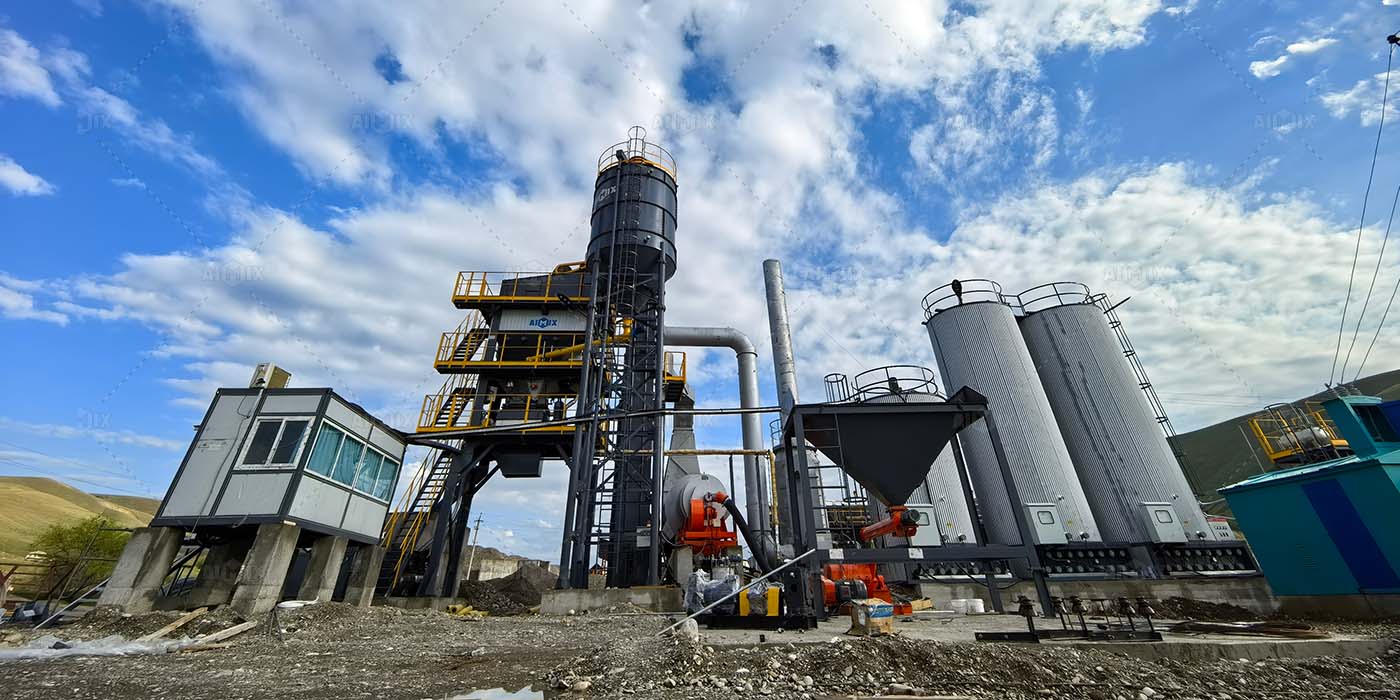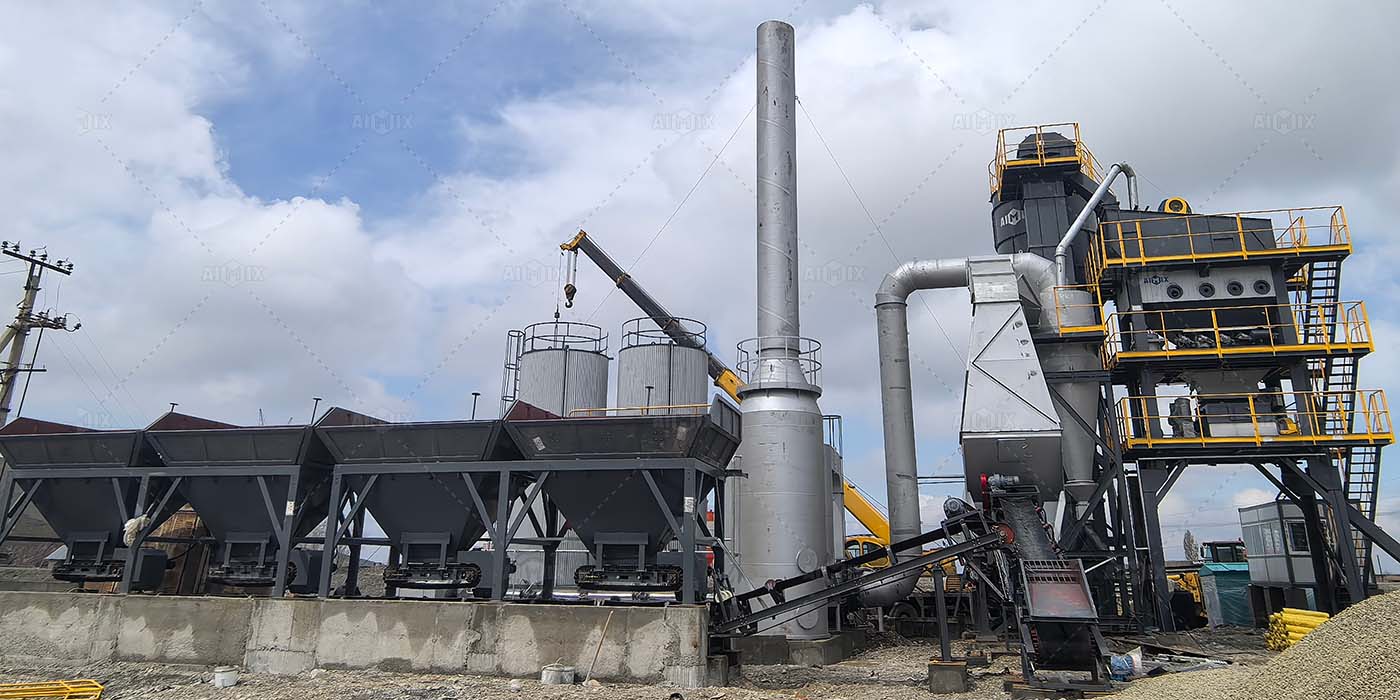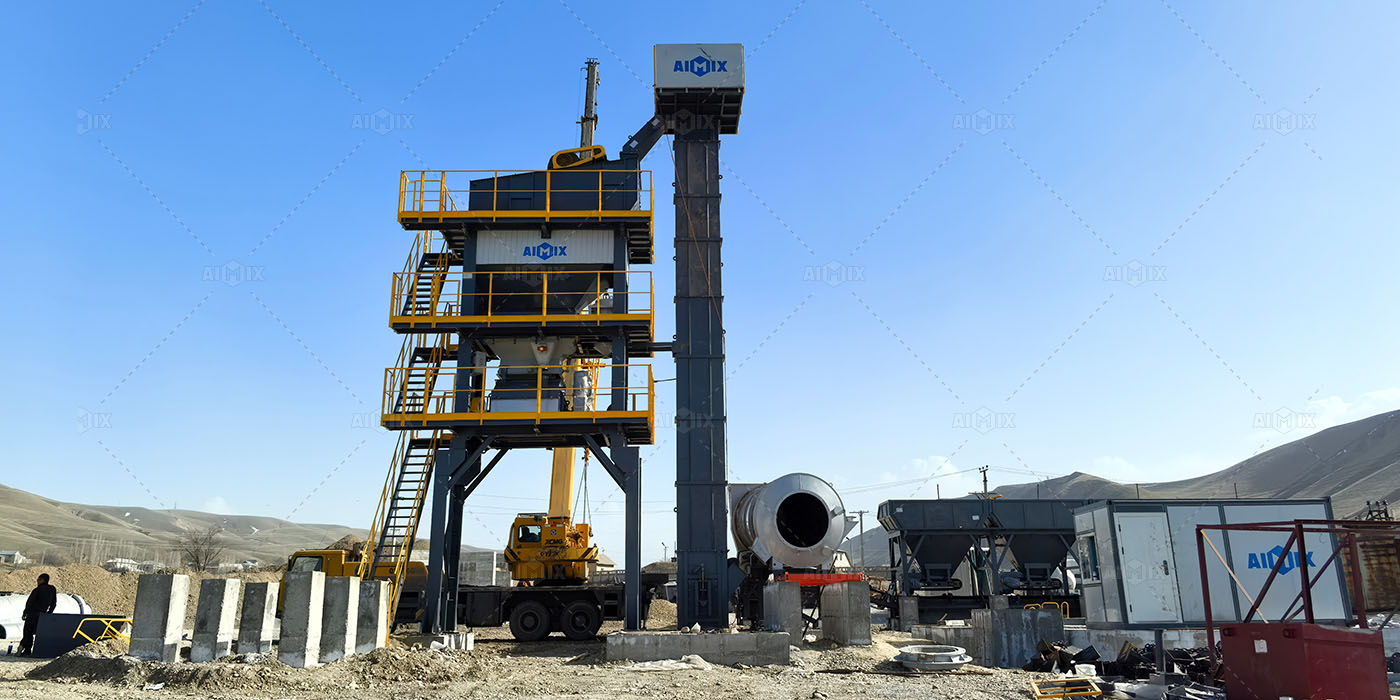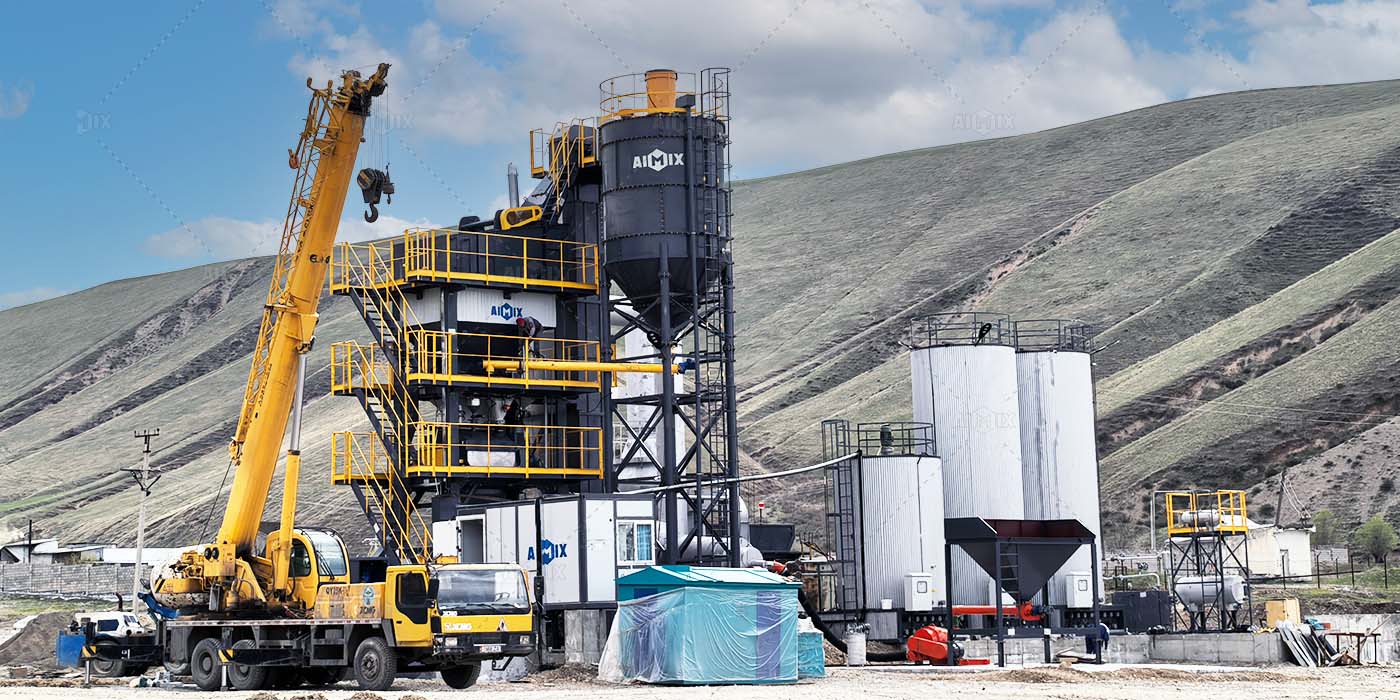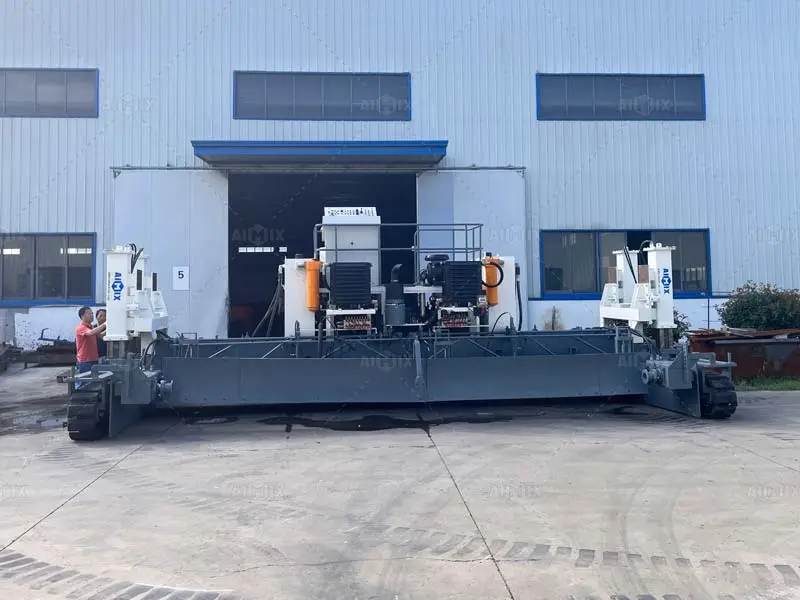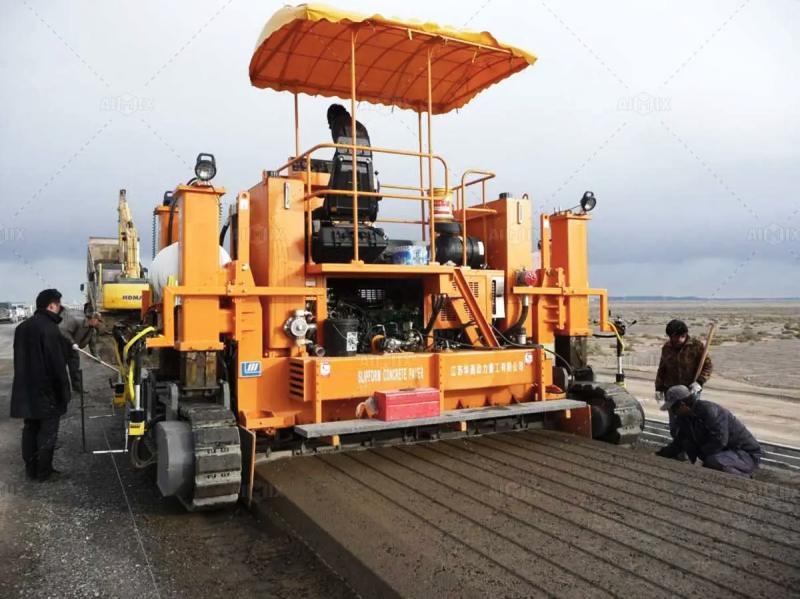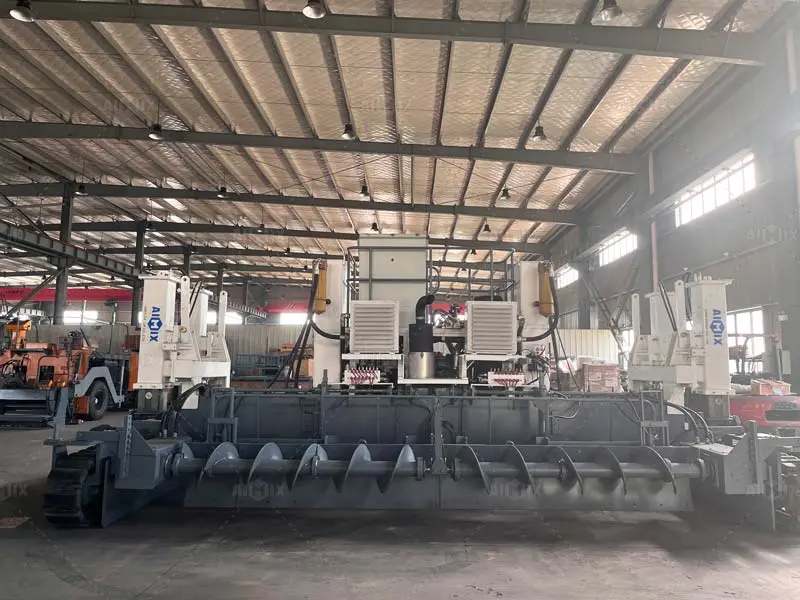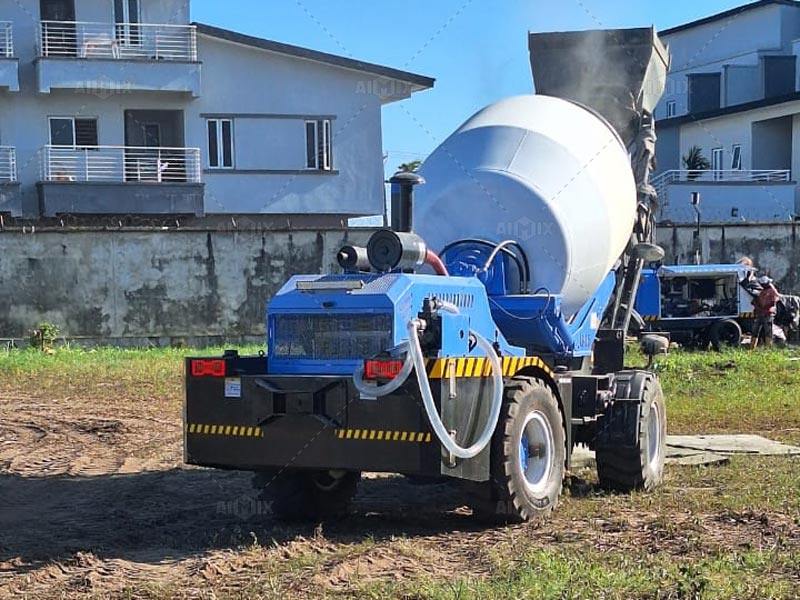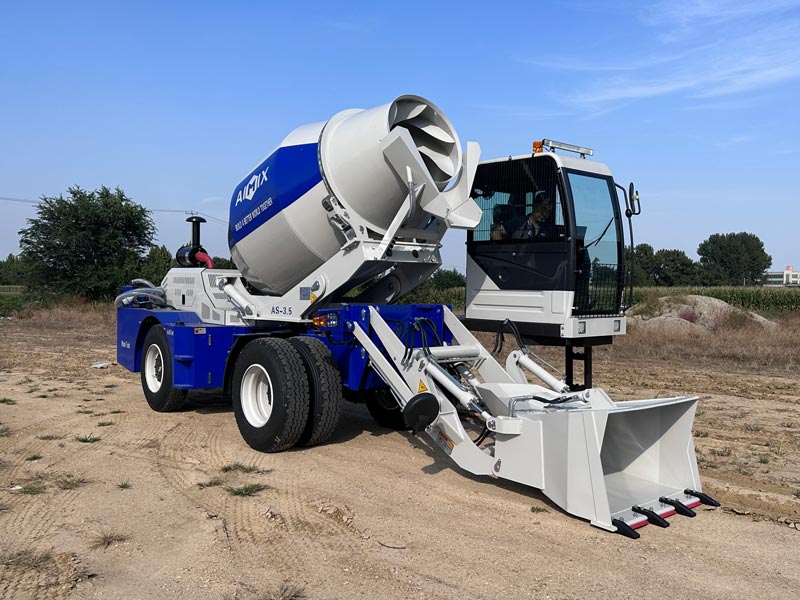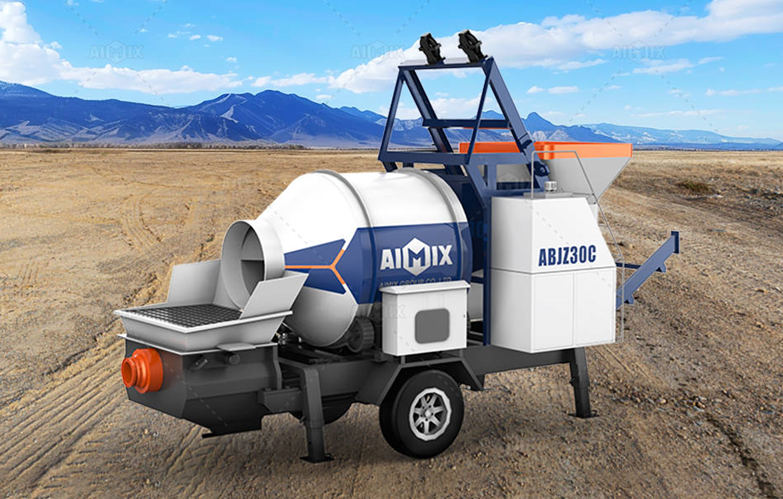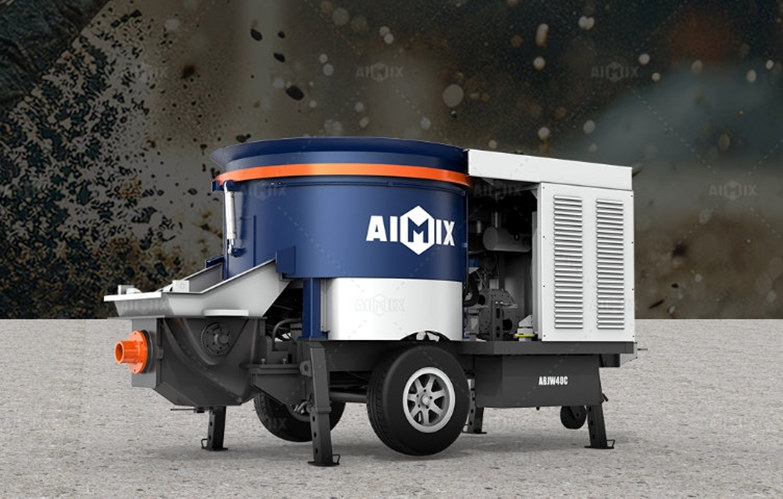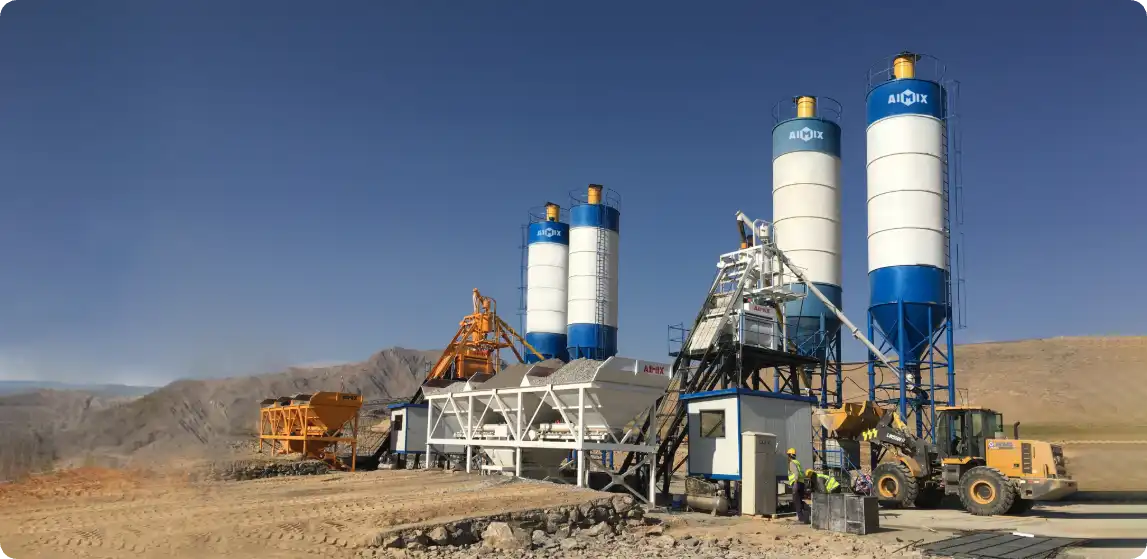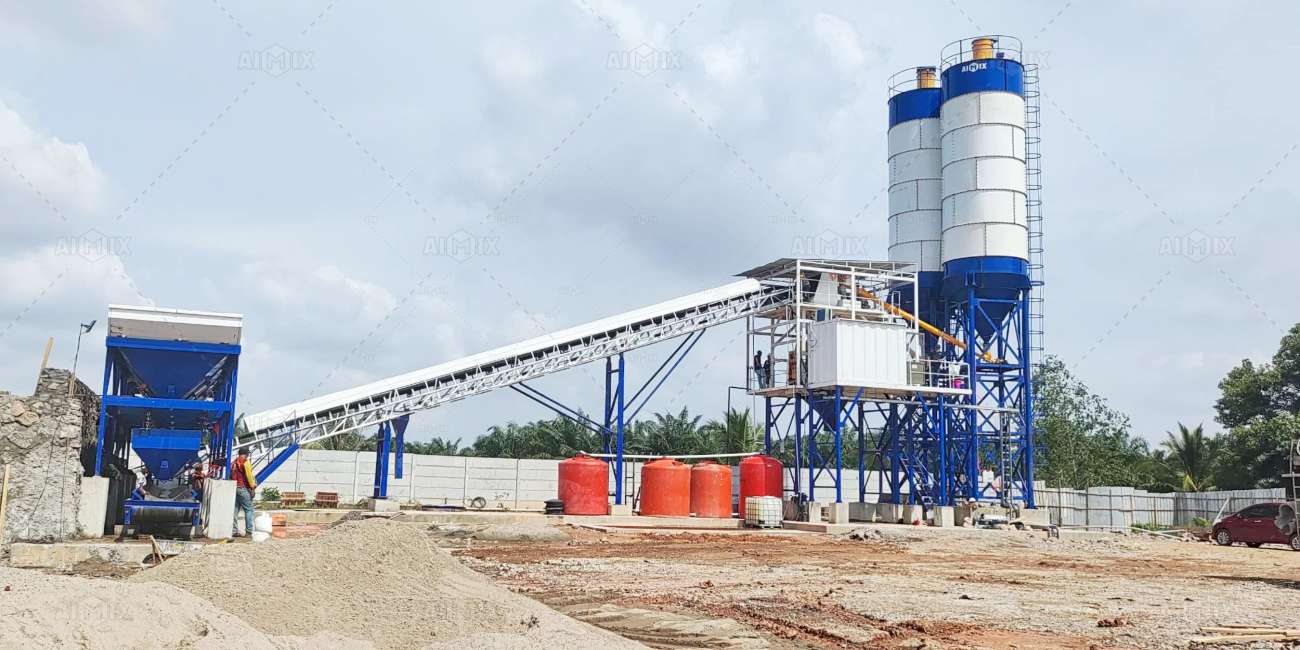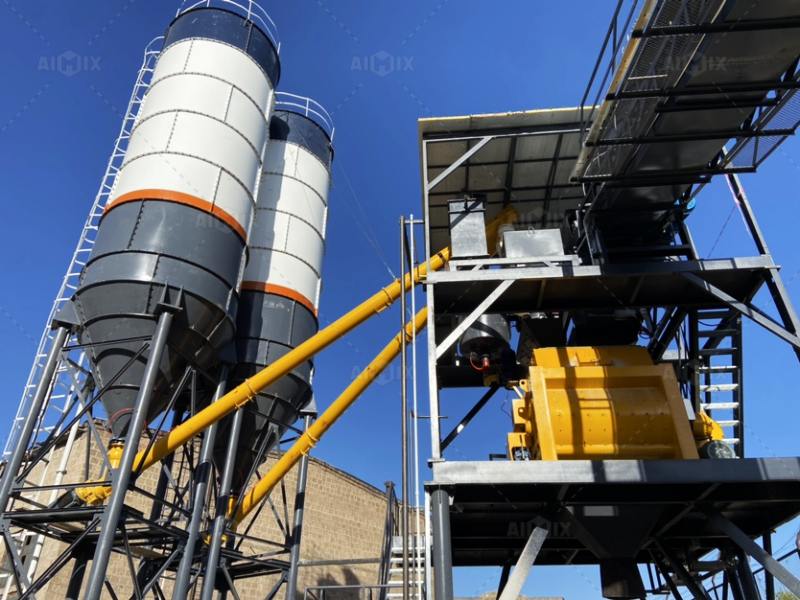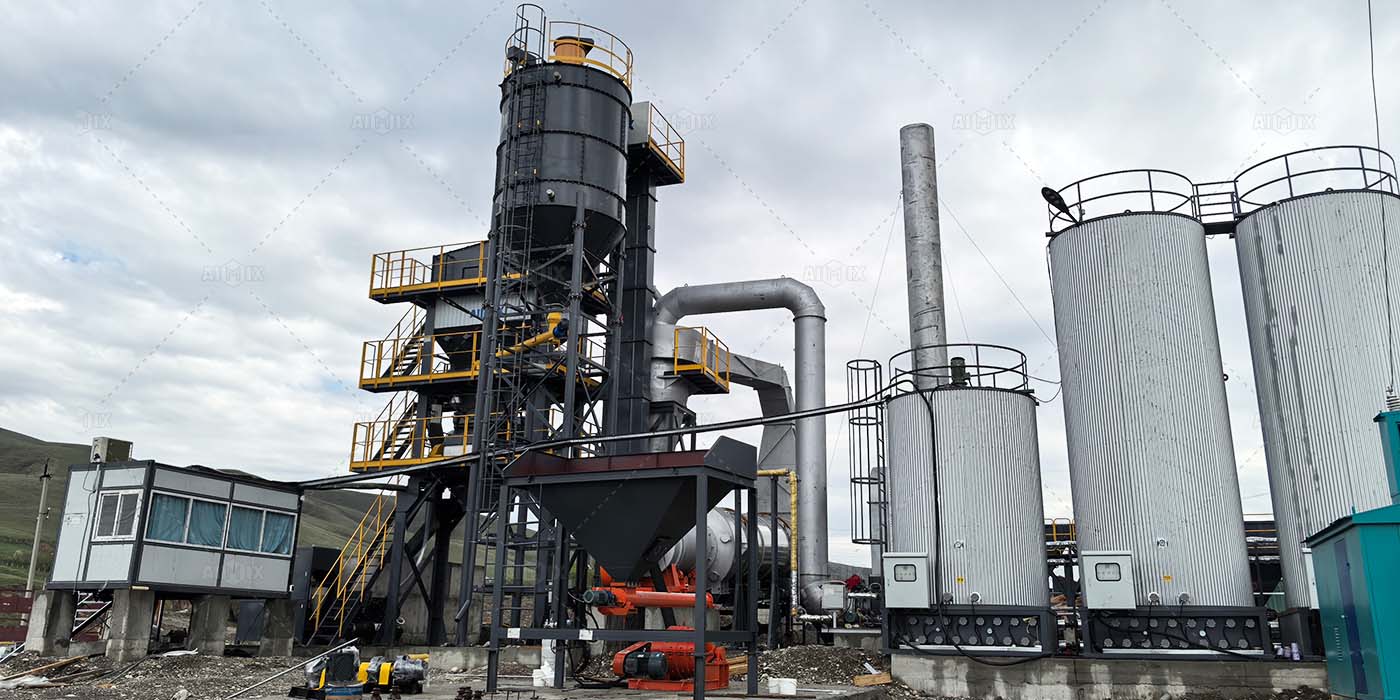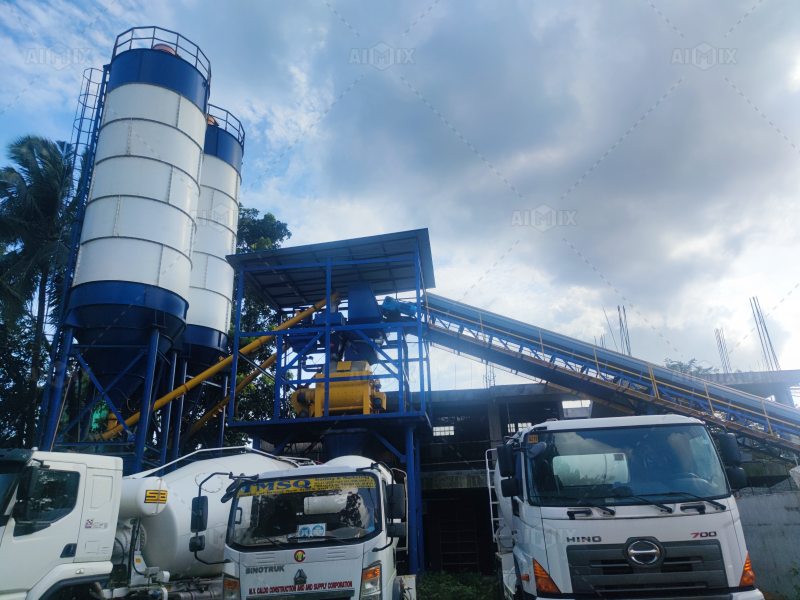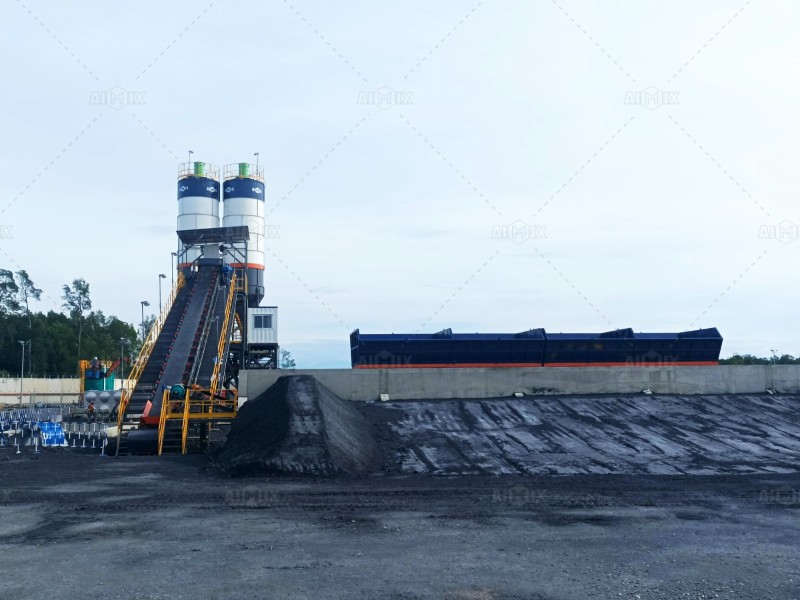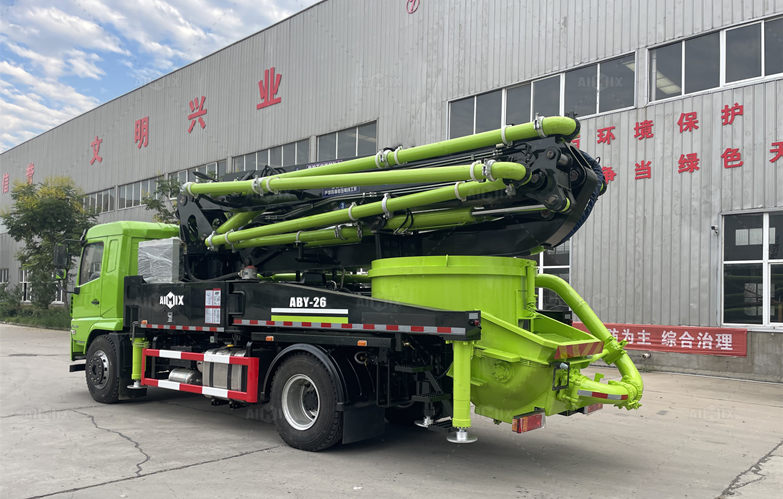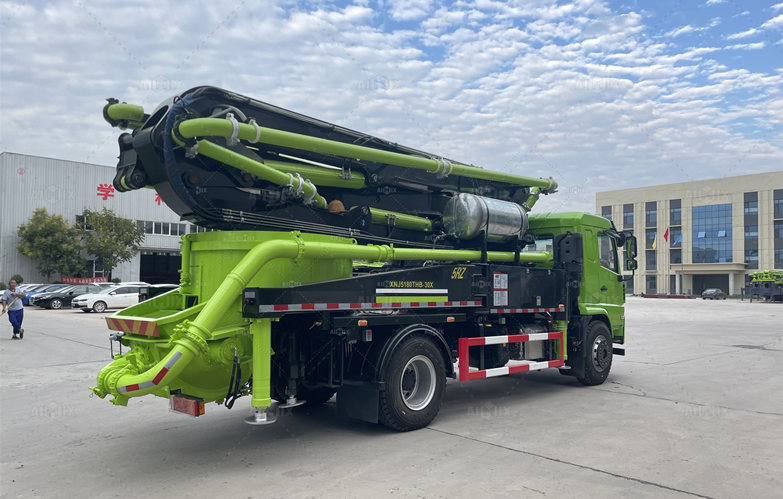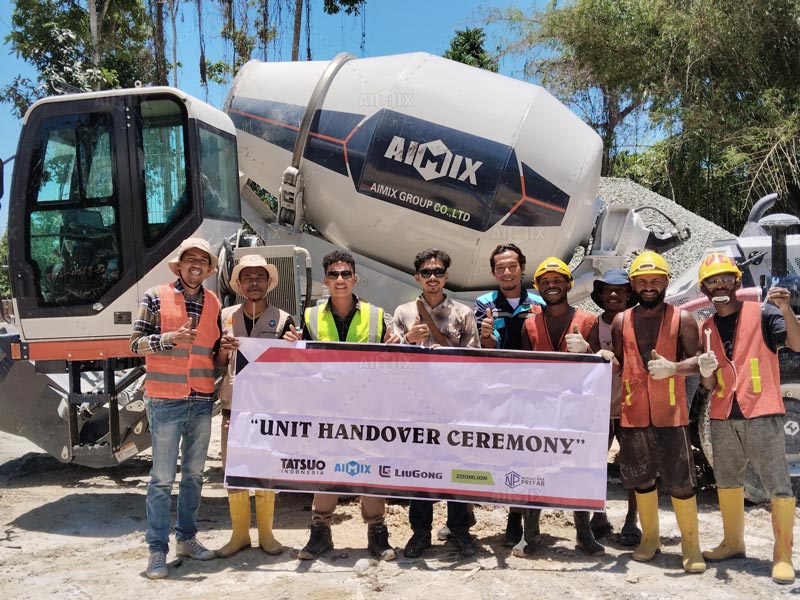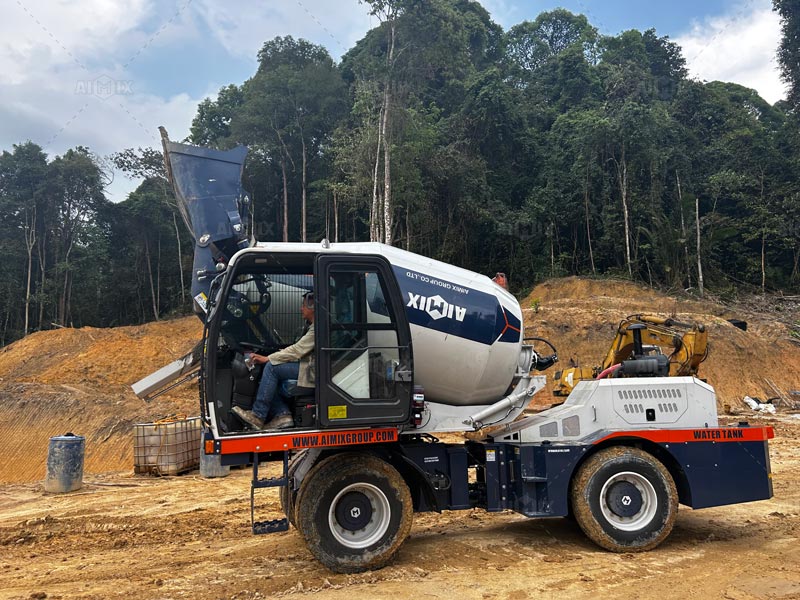Participating in industry exhibitions is a valuable strategy for manufacturers and suppliers aiming to attract new customers and build brand awareness. For businesses promoting portable concrete pump*models, especially mini concrete pumps for sale, exhibitions present an ideal opportunity to showcase the strengths and features of their products directly to potential buyers. However, simply showing up with your equipment is not enough — success depends on how effectively you present and position your pumps at the event.

In this guide, we’ll explore essential tips to help you make the most of your exhibition booth and stand out in a competitive construction equipment show.
Choose the Right Models to Display
When preparing for an exhibition, it's important to select the most representative models of your portable concrete pump*lineup. Focus on compact, versatile, and best-selling units that are easy to transport and have visual appeal.
Why this matters:
Mini concrete pumps for sale*are attractive to small contractors and emerging businesses.
Portable units are easier to display on limited booth space.
Highlighting a model that’s both affordable and powerful captures the interest of a wider audience.
If possible, bring one electric-powered and one diesel-powered version to appeal to different customer needs.
Clean, Polish, and Pre-Test the Equipment
First impressions matter, especially in an exhibition setting. Make sure your mini concrete pumps are clean, rust-free, and visually impressive. Paint touch-ups and proper branding decals help make the product stand out.
Before transporting the pump to the venue:
Test the machine to ensure it runs smoothly.
Check for any fluid leaks or unusual noises.
Replace any visibly worn parts.
Visitors will be more impressed with a well-maintained machine, and it shows that your company values quality and attention to detail.
Design a Professional and Engaging Booth
Your booth design plays a crucial role in attracting foot traffic. A clean, open, and well-branded space will make your portable concrete pump*stand out in a sea of competitors.
Key booth elements:
Clear signage*with your brand name and slogans.
Banners or posters*highlighting key specifications, features, and applications of your mini concrete pumps.
Video screens*showing the pumps in real construction scenarios.
Floor mats or platforms*that elevate the equipment for better visibility.
Also, use lighting strategically to highlight product features, and consider displaying cutaway components to show internal quality or pump mechanism.
Have Skilled Staff Ready to Engage
Your team members are just as important as your pumps. Ensure that your staff:
Understands the technical features of the mini concrete pumps for sale.
Can confidently answer questions about capacity, motor type, pumping distance, and maintenance.
Knows your pricing and promotional offers.
Speaks the language of your target buyers, whether they are contractors, developers, or equipment dealers.
Professional, friendly, and knowledgeable staff can make the difference between a passerby and a qualified lead.
Provide Interactive Demonstrations or Simulations
If the venue allows, offering a live demonstration is one of the most powerful ways to attract attention. Showing your portable concrete pump*in action can clearly communicate efficiency, pumping power, and ease of use.
If live demos are not possible due to space or safety constraints, use a video simulation*instead:
Show how your pump works in real-world settings.
Include footage of small construction sites, tunnels, or residential projects where mini pumps are ideal.
Highlight benefits like easy towing, simple operation, and low maintenance.
This allows potential buyers to visualize how your pump fits into their workflow.
Distribute Targeted Marketing Materials
Printed brochures and digital content are key tools to keep your product in buyers’ minds even after the exhibition ends. Design clear and informative materials for your mini concrete pumps for sale, such as:
Product brochures with specs, features, and usage scenarios.
Business cards and QR codes linking to your website or catalog.
Pricing sheets with financing or promotional details.
Testimonials or case studies from satisfied customers.
Make sure your materials are professionally designed and localized for the target audience if you're exhibiting internationally.
Emphasize Key Selling Points Visually
Use charts, diagrams, and infographics to highlight why your portable concrete pump*stands out. Focus on:
Pumping capacity and distance.
Portability and towing features.
Versatility across job sites.
Energy efficiency (especially for electric mini pumps).
Price-to-performance value.
Visual content simplifies technical information and helps visitors quickly grasp what sets your pump apart from others.
Offer Exhibition-Only Discounts or Promotions
Everyone loves a good deal — and offering special pricing for buyers who make a commitment during the show can encourage faster conversions.
Consider promotions like:
Free shipping for exhibition orders.
A discounted price for bulk purchases.
Extended warranty for orders placed at the booth.
Free accessories (e.g., hoses or remote control).
Clearly advertise these offers to create urgency and attract buyers who are ready to decide.
Collect Leads and Follow Up Promptly
Always have a system to collect visitor information. Whether through digital sign-in, scanning business cards, or using a lead collection app, be sure to follow up after the event.
Tips:
Segment leads based on interest (immediate buyer, information seeker, dealer).
Send personalized follow-up emails within 48 hours.
Offer a thank-you discount or link to an exclusive product video.
Building relationships after the exhibition is essential for converting leads into real customers.
Use Social Media and Email Marketing Before and After the Show
Let your audience know you’ll be at the exhibition. Promote your booth in advance through:
LinkedIn posts showing your mini concrete pumps for sale.
Instagram stories of booth setup or behind-the-scenes content.
Email newsletters with booth details, product highlights, and meeting invitations.
After the event, share photos, testimonials, and product highlights to maintain momentum and keep your products in front of interested buyers.
Exhibiting your portable concrete pump*or mini concrete pumps for sale*at a construction show is a prime opportunity to grow your brand and connect with new customers. But to make your investment worthwhile, you must plan your display strategically, present your products professionally, and engage visitors meaningfully. From choosing the right model to offering exclusive promotions and following up effectively, every detail contributes to the success of your exhibition efforts. With these tips, you’ll be well on your way to turning your booth into a high-performing sales opportunity.
